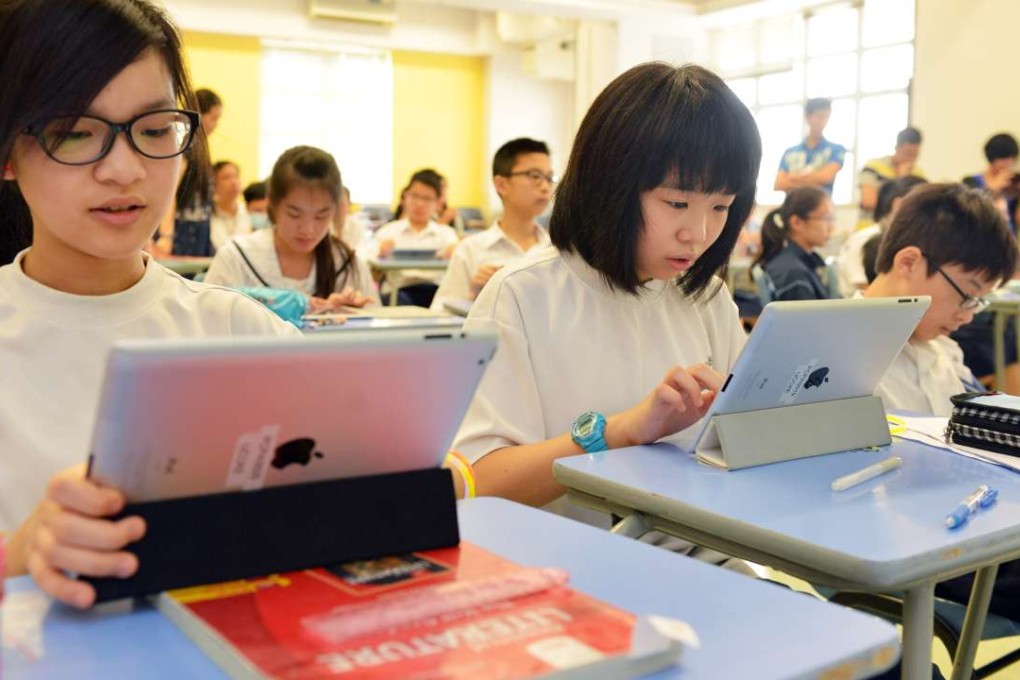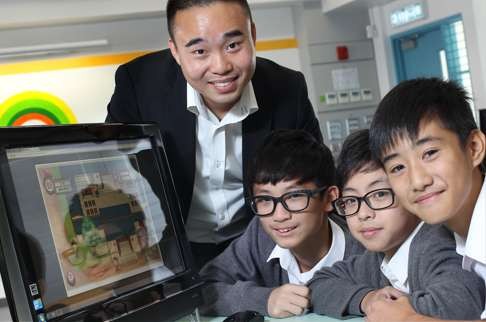E-learning is the way forward for quality education in today’s world
Irwin King says we must take risks to turn Hong Kong’s passive culture of rote-learning into creative learning, and the government has made moves in the right direction

As a knowledge-based and technologically driven society, Hong Kong is well placed to adopt e-learning in a big way. Yet, e-learning in the city lags behind other advanced economies in the region, with its priorities still being Wi-fi installation in all public sector schools and the introduction of more e-books.
Instead of narrowly focusing on hardware limitations, what Hong Kong seriously needs is the courage to take risks on the part of all educators.
First, misconceptions about e-learning should be cleared. There is a fear among many that e-learning means less student contact with teachers. However, e-learning can in fact do the opposite by promoting self- and peer-learning, which in turn fosters better and increased student-teacher interaction. A willingness to take risks and educate students differently will help turn the city’s uninspiring culture of passive rote-learning into active, creative learning.
There is a fear among many that e-learning means less student contact with teachers. However, it can do the opposite
Commendably, the Hong Kong government understands the potential of e-learning. The Education Bureau has been heavily promoting science, technology, engineering and mathematics (Stem) education to foster youth innovation.
However, there is little emphasis on e-learning in Stem, and the key issue is that there is, as yet, no integrated plan that drives e-learning across all levels of the education system. The government needs to provide a coherent plan.
To begin with, for primary and secondary schools, e-learning has to go beyond e-books that display text on a screen or full Wi-fi connectivity. Teachers need to develop quality e-learning materials in both Chinese and English to encourage active learning. This includes making use of interactive audio-visuals. More importantly, there is a behaviour-tracking element in content refinement, and the use of intelligent software can spot if a student is continually making the same mistakes, for instance, which will allow teachers to more effectively address the learning needs of individuals in a personalised and targeted way.
